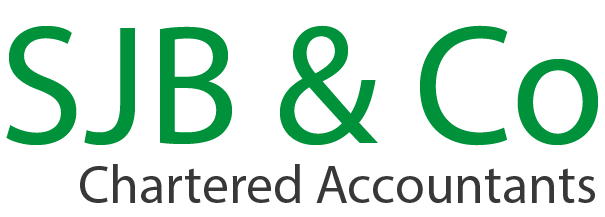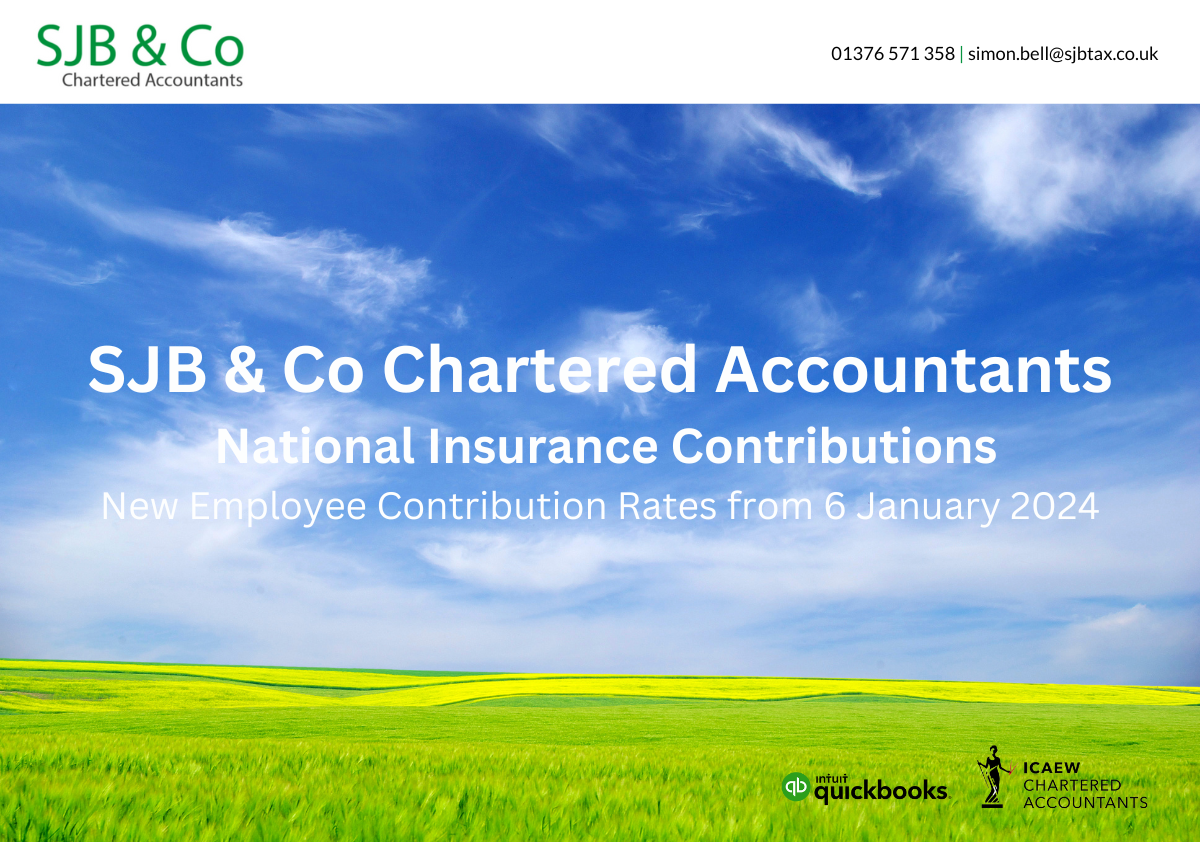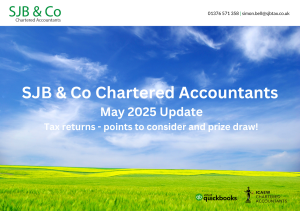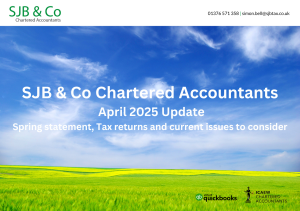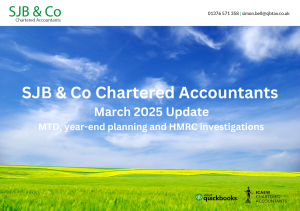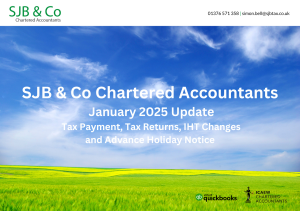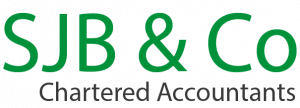| National Insurance Contributions.
New Employee Contribution rates from 6 January 2024. |
It was announced at the time of the Autumn 2023 Statement that the main rate of primary Class 1 National Insurance contributions payable by employees is to be reduced from 12% to 10% with effect from 6 January 2024. Employers will need to update their software to give effect to the change
Key dates
The main primary rate of Class 1 National Insurance contributions, payable by employees on earnings between the primary threshold and the upper earnings limit, is reduced from 12% to 10% from 6 January 2024.
This note explains the impact of the rate change on employees, directors and employers.
Impact on employees
Employees pay primary Class 1 National Insurance contributions at the main primary rate of 12% on their earnings to the extent that they exceed the primary threshold but do not exceed the upper earnings limit, and at the additional Class 1 rate on earnings in excess of the upper earnings limit. Where their earnings are between the lower earnings limit and the primary threshold, they are treated as paying primary contributions at a zero rate, which secures them a qualifying year for state pension purposes for zero cost.
For 2023/24, the lower earnings limit is £123 per week (£533 per month; £6,396 per year), the primary threshold is £242 per week (£1,048 per month, £12,570 per year) and the upper earnings limit is £967 per week (£4,189 per month; £50,270 per year). The thresholds remain at this level for 2024/25.
The main primary rate is set at 12% from 6 April 2023 to 5 January 2024, and at 10% from 6 January 2024, and the additional primary rate is set at 2% throughout 2023/24.
The reduction in the main primary rate will save an employee up to £62.82 a month in National Insurance contributions.
Impact on directors
Directors have an annual earnings period for National Insurance contributions, irrespective of their actual pay interval. This means that their National Insurance contributions are calculated using the annual thresholds and by applying an annual rate. The reduction in the main primary rate with effect from 6 January 2023 means that directors have an annual main primary rate of 11.50% for 2023/24. The annual additional primary rate is 2% for 2023/24.
The calculation of director’s National Insurance contributions can be performed in two ways.
The strict way is to use annual earnings periods from the outset and to calculate the director’s National Insurance on a cumulative basis as for PAYE. The prevailing main primary rate of 12% is used for payments made between 6 April 2023 and 5 January 2024 (months 1 to 9). Thereafter, the composite annual rate of 11.50% is used (for months 10 to 12).
The second way is to use the alternative arrangements. Where this method is used, the contributions are initially calculated as for other employees each time that the director is paid by reference only to their earnings in that period. The prevailing main primary rate should be used to calculate the director’s primary contributions (i.e. 12% for months 1 to 9 and 10% for months 10 to 12). However, where the director is paid for the final time in the 2023/24 tax year, the liability for the year is recalculated on an annual basis, using the director’s annual earnings and the annual composite main rate of 11.50%. Any balance owing for the year is deducted from the final payment made to the director.
Impact on employers
There is no change to the secondary Class 1 rate, which remains at 13.8%.
However, employers are responsible for calculating employee’s National Insurance contributions, deducting them from their pay and paying them over to HMRC.
To ensure that employees’ contributions are calculated correctly from 6 January onwards, the employer will need to update their payroll software before making any payments on or after that date. If the employer is unable to update their software before making month 10 payments, they will need to update it before the end of the 2023/24 tax year to ensure that the employee pays the right contributions for that year.
Please feel free to forward this newsletter to any colleagues or friends who may be interested in it.
For more information or to discuss any issues raised above please contact Simon Bell by phone on 01376 571358 or email [email protected]
This article is written in general terms and therefore cannot be relied on to cover specific situations; applications of the principles set out will depend on the particular circumstances involved and it is recommended that you take professional advice before acting or refraining from acting on any material in the newsletter.
